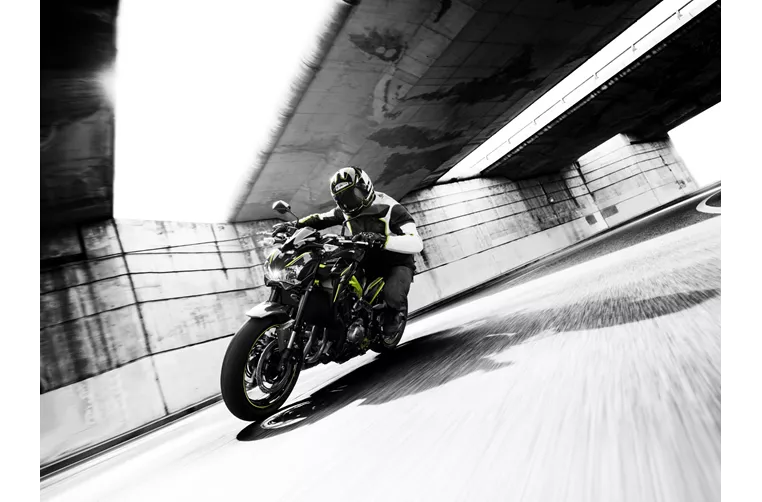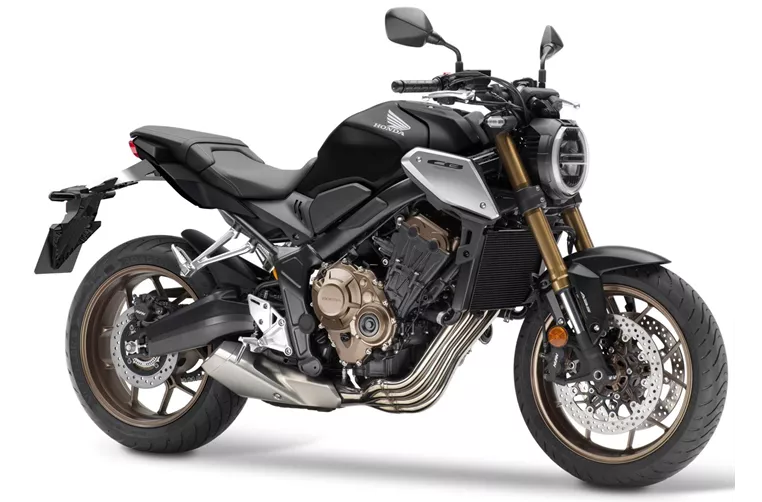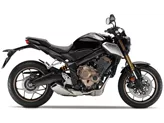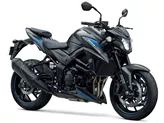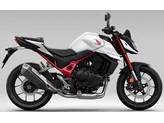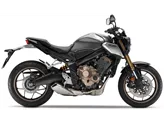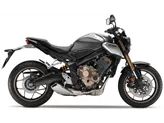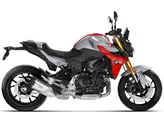Kawasaki Z900 2018 vs. Honda CB650R 2021

Kawasaki Z900 2018
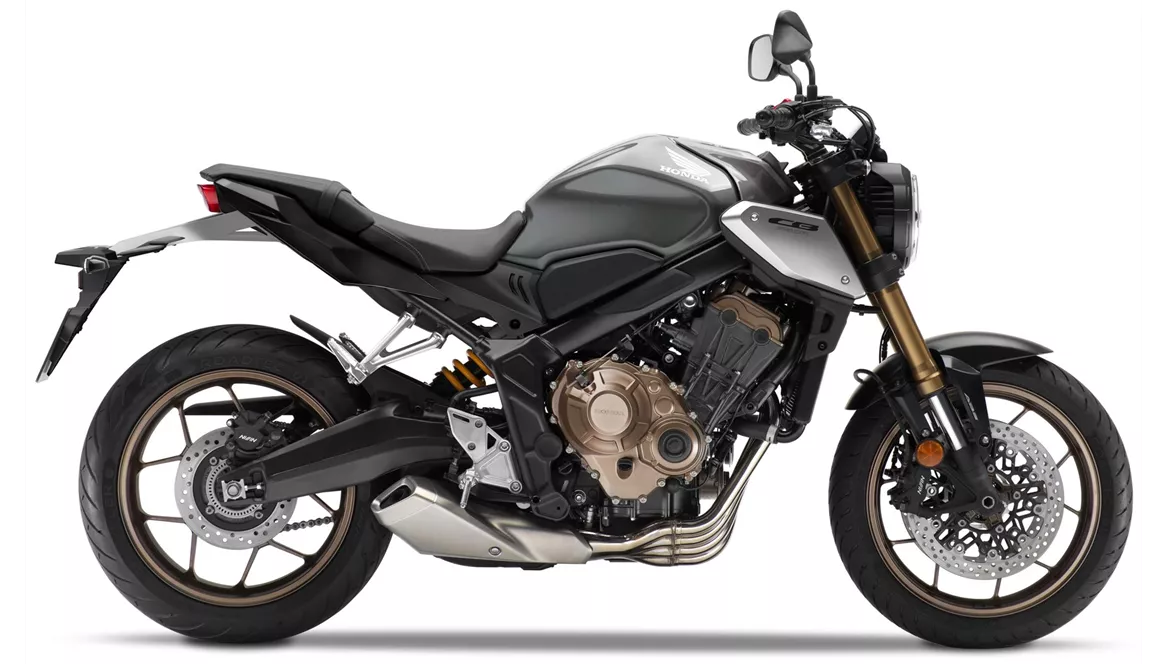
Honda CB650R 2021
Vue d’ensemble - Kawasaki Z900 2018 vs Honda CB650R 2021
The Kawasaki Z900 2018 and the Honda CB650R 2021 are both naked bikes that offer a thrilling riding experience. While they share some similarities in terms of engine type, cooling system, and suspension, there are notable differences in their specifications and performance.
Starting with the engine, the Kawasaki Z900 2018 boasts a more powerful engine with 125.4 HP compared to the Honda CB650R 2021's 95 HP. This gives the Z900 an advantage in terms of acceleration and top speed. Additionally, the Z900 has a higher torque of 98.6 Nm, providing better low-end power and responsiveness.
In terms of fuel system, both bikes feature fuel injection, ensuring efficient fuel delivery and improved throttle response. They also have four cylinders and liquid cooling systems, which help maintain optimal engine temperature during long rides.
When it comes to suspension, both bikes have upside-down telescopic forks at the front and swing arm suspension at the rear. The Z900 offers the additional feature of adjustable preload and rebound on the rear shock absorber, allowing riders to fine-tune their suspension settings for a personalized riding experience. The CB650R, on the other hand, only offers preload adjustment.
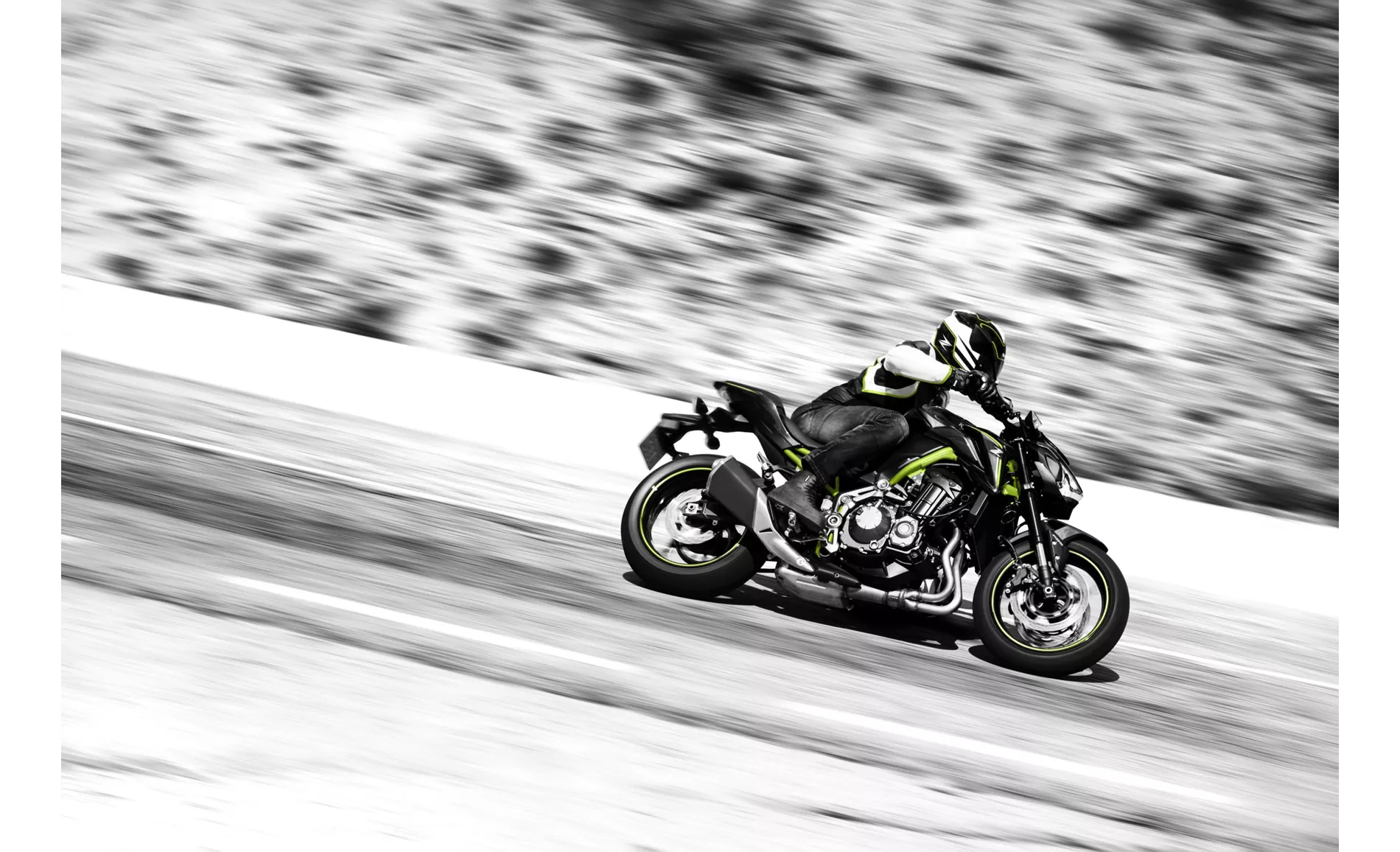
Kawasaki Z900 2018
In terms of chassis, both bikes have steel frames, but the Z900 has a double cradle frame, while the CB650R features a twin-tube frame. The choice of frame design can affect the bike's handling and stability, with the double cradle frame providing a stiffer and more rigid structure.
Braking performance is another important aspect to consider. Both bikes feature double disk brakes at the front with four-piston calipers, ensuring reliable stopping power. However, the CB650R has larger front brake disks with a diameter of 310 mm, compared to the Z900's 300 mm disks. The CB650R also has radial brake technology, which enhances braking performance and provides a more precise feel.
In terms of advanced rider assistance systems, both bikes are equipped with ABS, which enhances safety by preventing wheel lock-up during braking. This feature is particularly beneficial in emergency situations or on slippery surfaces.
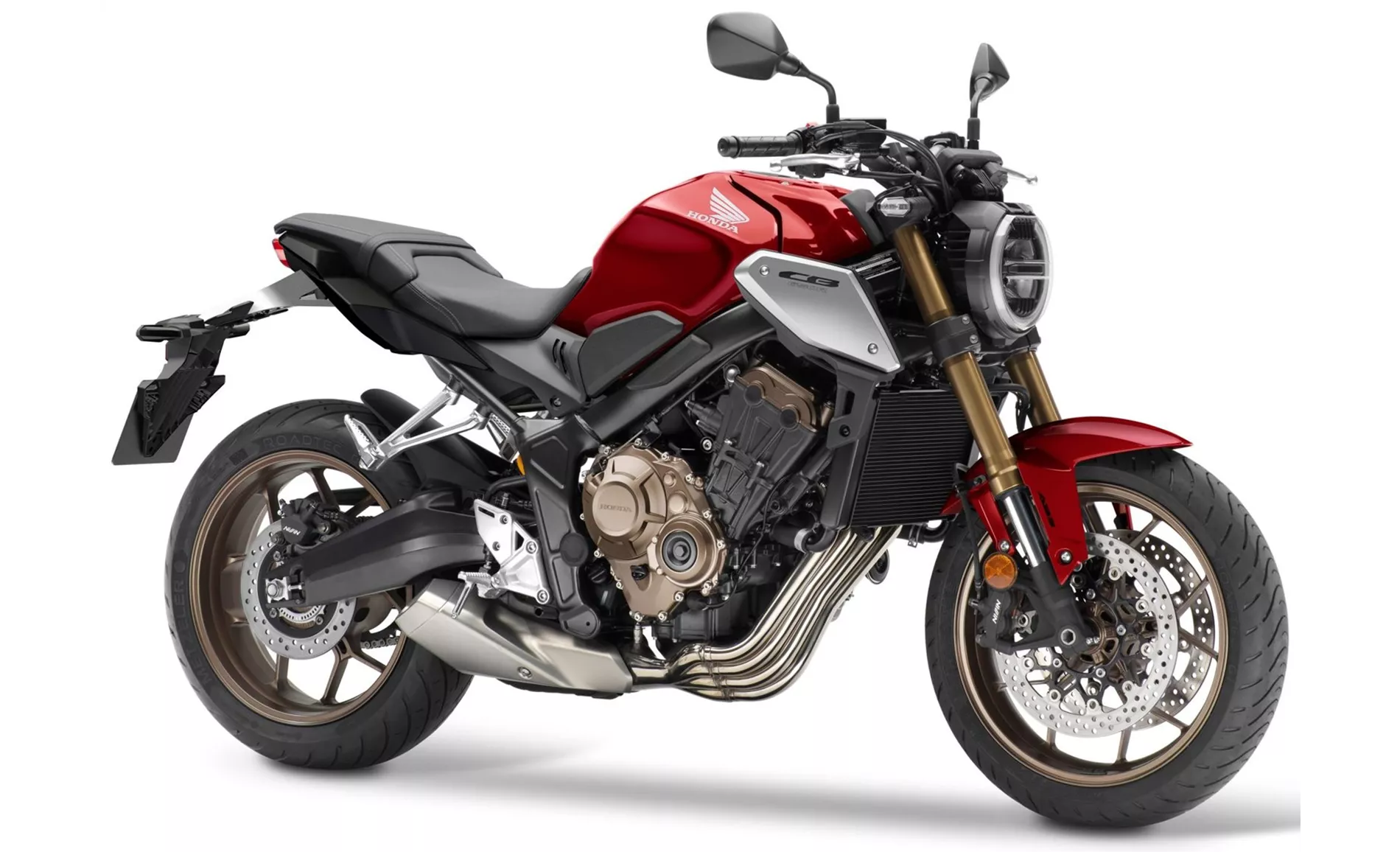
Honda CB650R 2021
When it comes to dimensions and weights, both bikes have similar front and rear tire widths and diameters. They also share the same wheelbase of 1450 mm. However, there are differences in seat height and kerb weight. The CB650R has a higher seat height of 810 mm compared to the Z900's 795 mm, which may make it less suitable for taller riders. In terms of weight, the CB650R is slightly lighter with a kerb weight of 202.5 kg, while the Z900 weighs 210 kg with ABS.
In terms of strengths, the Z900 stands out for its powerful and smooth engine, great sound, sharp and sporty look, low seating position, and easy handling. On the other hand, the CB650R is praised for its Neo Sports Cafe Optics, beginner-friendly nature, good price-performance ratio, smooth engine revs, and low fuel consumption.
However, both bikes have their weaknesses. The Z900 lacks traction control, which could be a disadvantage in certain riding conditions. Additionally, tall riders may find the knee angle on the Z900 strenuous during long rides. The CB650R, on the other hand, has limited space for taller riders, mediocre equipment, a relatively bulky design, and a lack of punch in the lower rev range.
In conclusion, the Kawasaki Z900 2018 and the Honda CB650R 2021 are both impressive naked bikes with their own unique strengths and weaknesses. The Z900 offers a more powerful engine and adjustable rear suspension, while the CB650R is more beginner-friendly and fuel-efficient. Ultimately, the choice between the two will depend on individual preferences and priorities.
Caractéristiques techniques Kawasaki Z900 2018 par rapport à Honda CB650R 2021
Avantages et inconvénients en comparaison
Avantages et inconvénients en comparaison
Kawasaki Z900 2018
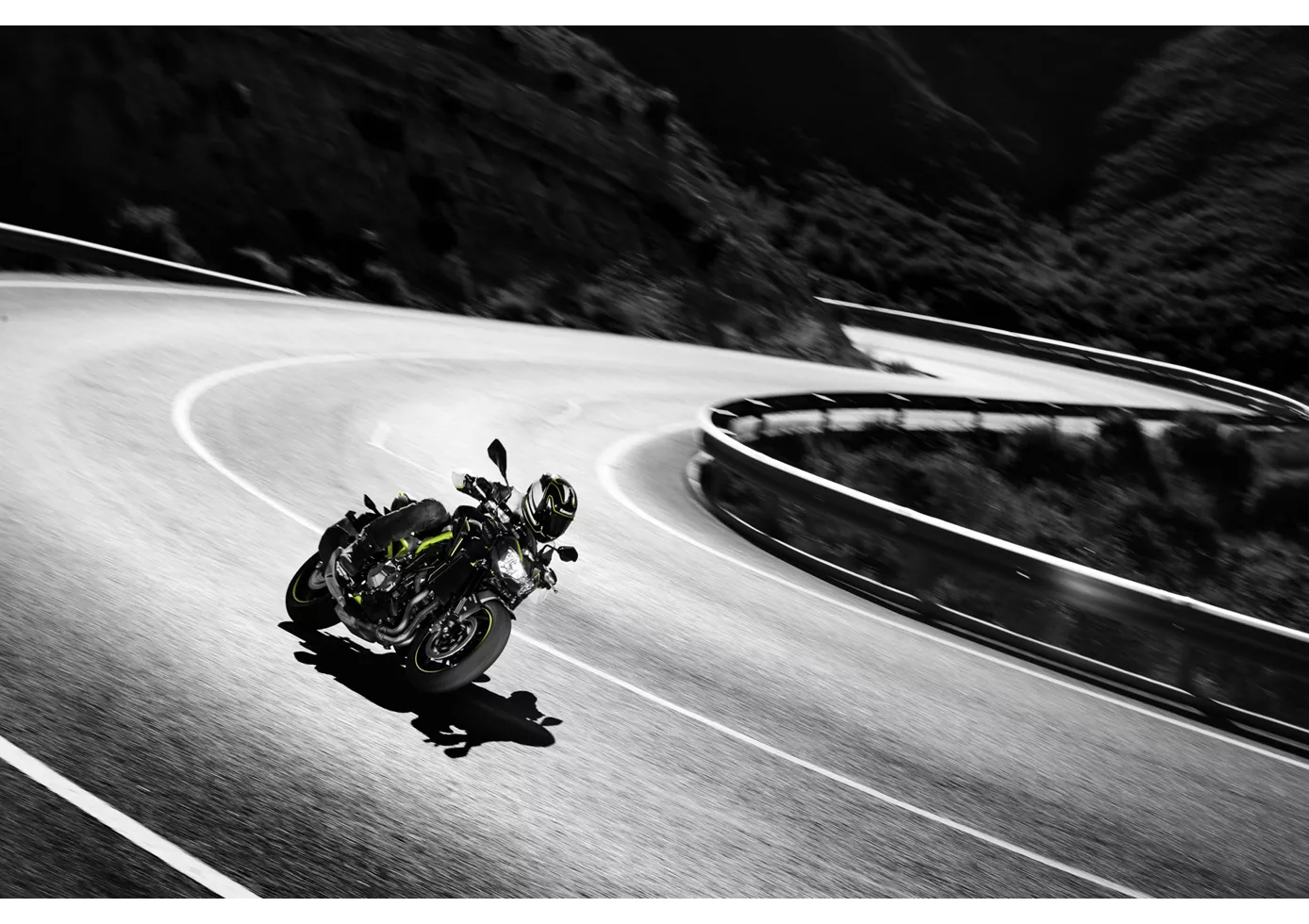
Dans le segment très concurrentiel des naked bikes, la Z900 joue dans la cour des grands. Son moteur, en particulier, est absolument grandiose, incroyablement soyeux et offre une puissance élevée à tous les régimes - comme il se doit pour un quatre cylindres japonais. Son look sportif et agressif s'y prête bien. Elle renonce aux fioritures électroniques, mais offre néanmoins une grande sécurité dans les virages, au freinage et en sortie d'accélération. La selle basse profite surtout aux petits pilotes, mais les grands pilotes pourraient regretter un angle du genou plus plat sur les longs trajets. Le faible poids et la compacité de la Z900 la rendent particulièrement maniable et facile à manier. Un canon sportif dont le prix est également très attractif
Honda CB650R 2021
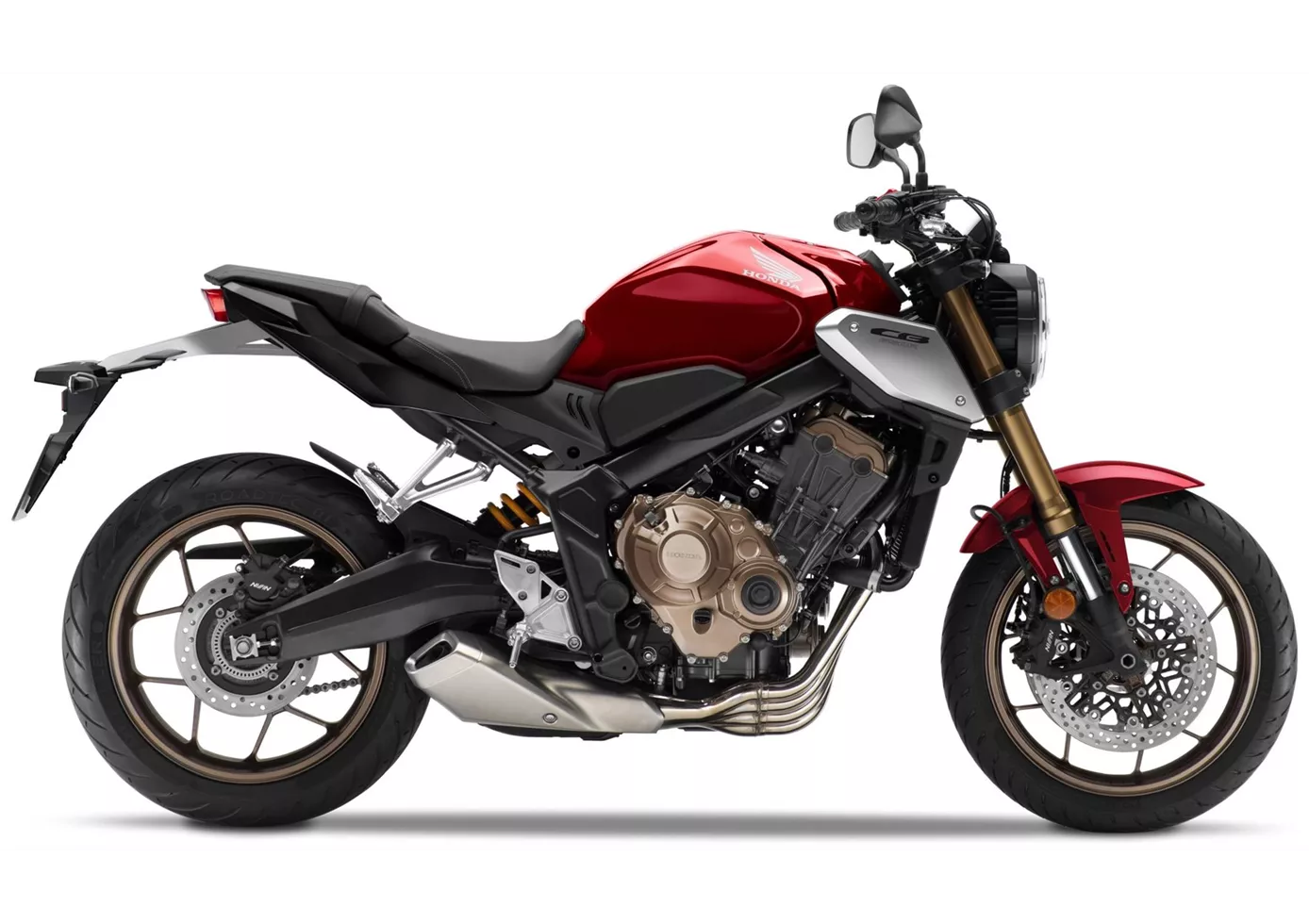
13 points sur 24 possibles signifient la 5e place dans le grand test comparatif des nakedbikes de classe moyenne 2021. La Honda se défend bien contre la concurrence techniquement plus avancée et peut laisser une moto derrière elle malgré sa position d'outsider. Un look agréable, une conduite accessible et un prix bas font passer au second plan les imperfections mises en lumière par la comparaison directe.
Comparaison des prix Prix moyen du marché Kawasaki Z900 vs Honda CB650R
There are a few key differences between a Kawasaki Z900 2018 and a Honda CB650R 2021. In terms of price, the actual average price of a Kawasaki Z900 2018 is about 31% higher. Compared to Honda CB650R 2021 there are more Kawasaki Z900 2018 bikes available on the 1000PS.de Marketplace, specifically 55 compared to 11. It takes less time to sell a Honda CB650R with 63 days compared to 112 days for the Kawasaki Z900. Since model year 2017 1000PS.de editors have written 46 reviews for the Kawasaki Z900 and 23 reviews for the Honda CB650R since model year 2019. The first review for the Kawasaki Z900 was published on 11/11/2016 and now has more than 93,200 views. This compares to more than 53,700 views for the first review on Honda CB650R published on 10/8/2018.
